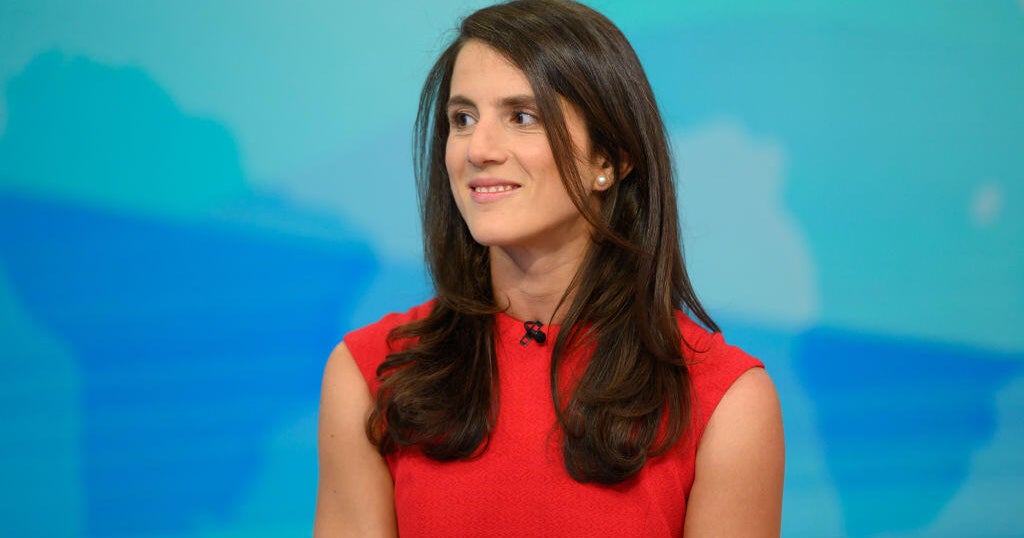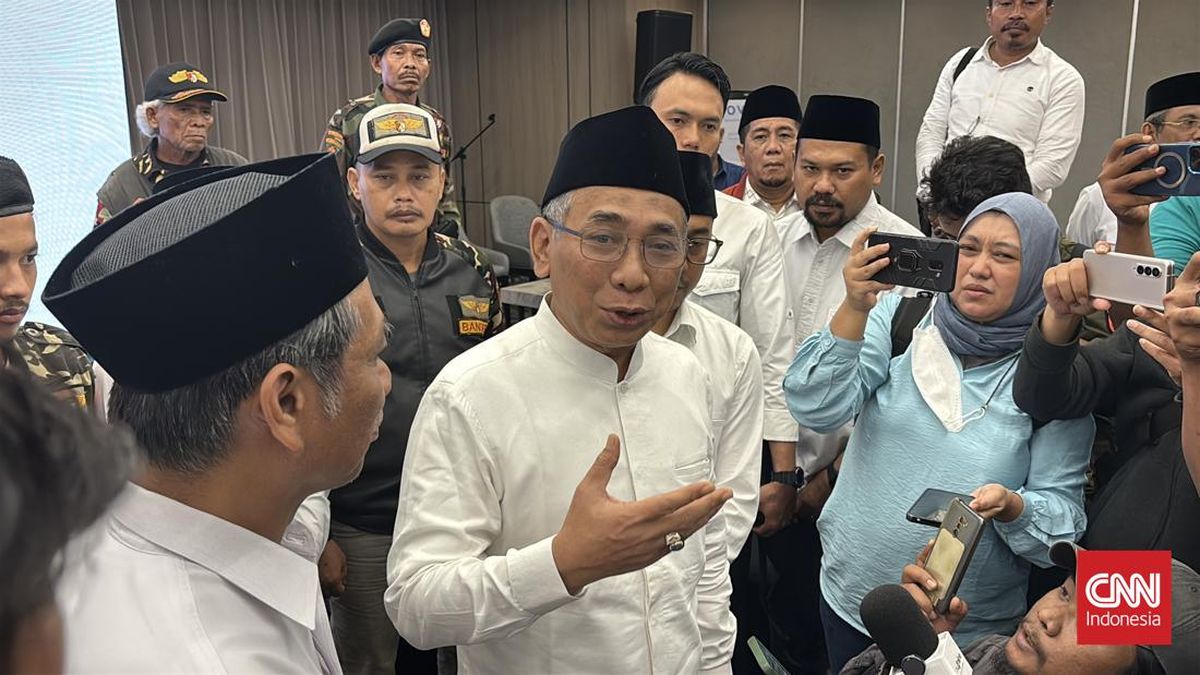“The 2026 integrated system plan will revisit all transmission network projects previously identified as needing to proceed, with the exception of projects that have advanced to anticipated or committed status, seeking to ensure that overall costs for consumers are optimised,” the AEMO said.
The completion of VNI West was recently delayed by two years, pushing it out to 2030 and placing further pressure on the system as the Yallourn coal-fired power station in the Latrobe Valley is due to close in 2028.
Nexa Advisory principal Stephanie Bashir, a former executive at electricity and gas giant AGL, said the failure to deliver new transmission infrastructure, particularly interconnectors, was stalling Victoria’s energy transition and driving up costs.
“Nowhere is that more evident than in the case of VNI West,” she said.
“With Yallourn closing in 2028 with no capacity for an extension, Victoria faces a real energy crisis.
“Governments at all levels must act decisively. This means prioritising intraregional transmission and scaling up non-network solutions like virtual transmission to avoid unnecessary reliance on new gas.”

Farmers protesting the construction of the VNI West transmission project in Victoria.Credit: Glenden Watts
In 2022, the Allan government received modelling warning of energy bill pain if major transmission projects in the state were delayed.
A copy of the report, provided to this masthead, found that if the projects were completed even one year later, the increase to household energy bills would be $48 annually, or $717 over 15 years between 2026 and 2040.
In a statement on Thursday, Australia’s largest electricity transmission company, Transgrid, confirmed a new schedule for the NSW side of VNI West and updated costs.
Colin Mayer, project director for the NSW side of the project, said they were committed to deliver their section of the project and were planning to deliver it in stages.
“The first stage alone will unlock a total additional 2500 MW of electricity for the grid, which is enough to power 800,000 households,” he said.
“The second stage, comprising the transmission line from Dinawan substation to the Victorian border, will be delivered in line with Victoria’s revised schedule of November 2030.”
The lack of high-voltage power lines to connect faraway wind and solar farms to major cities has emerged as one of the biggest roadblocks to Australia’s clean energy transition.
While officials warn thousands of kilometres of new transmission lines are urgently needed to ready the grid for a future without coal, key projects are running into years-long delays as developers face soaring construction costs, shortages of skills and equipment, and pushback from rural and regional communities worried about impacts on their farming practices, property values and the environment.
A Victorian government spokesperson said VNI West remained critical to Victoria’s energy future.
“Transmission project costs have increased across Australia and the world, not just on VNI West - this reflects the current reality of building large-scale infrastructure, with higher construction and material costs, ongoing global supply chain pressures and inflation,” the spokesperson said.
“We will continue working closely with AEMO to support the delivery of VNI West, keep power bills low and ensure everyone has a voice in the planning process.”
Victorian Farmers Federation president Brett Hosking said the higher costs of VNI West added weight to calls to scrap the project.
“To date, the energy transition has been a failure, and the Victorian government is risking smooth and reliable energy transmission by continuing to force the VNI West project through,” he said.
Matt Rennie, executive director at energy consultancy Rennie Advisory, said Thursday’s AEMO update was the latest indication that the critical build-out of transmission at the scale required was becoming more difficult, raising the risk that at least one of Victoria’s remaining coal-fired power stations might need to stay open for longer.
“Even the most benign AEMO demand scenario sees the national electricity market grow by at least 1.5 times by 2050,” he said.
“Today’s costings place renewed pressure on coal closure timetables.”
Opposition energy spokesman David Davis said the Victorian government had lost control of the costs of transmission projects, which would be paid for by homes and businesses.
“It is time for transparency and honesty, as Labor has loaded up these bills and will stack more and more as the proposed infrastructure projects build,” he said.
The Morning Edition newsletter is our guide to the day’s most important and interesting stories, analysis and insights. Sign up here.


















































